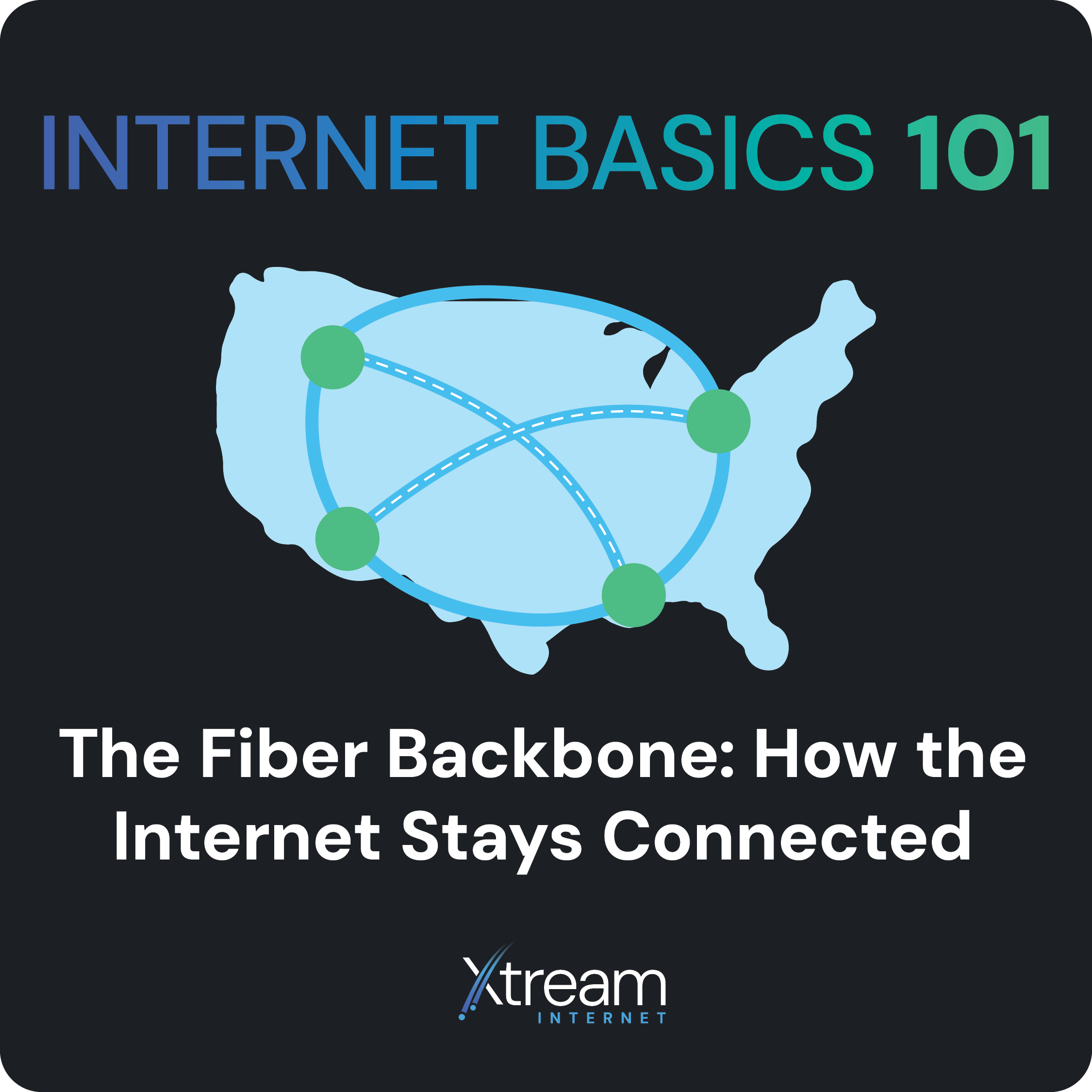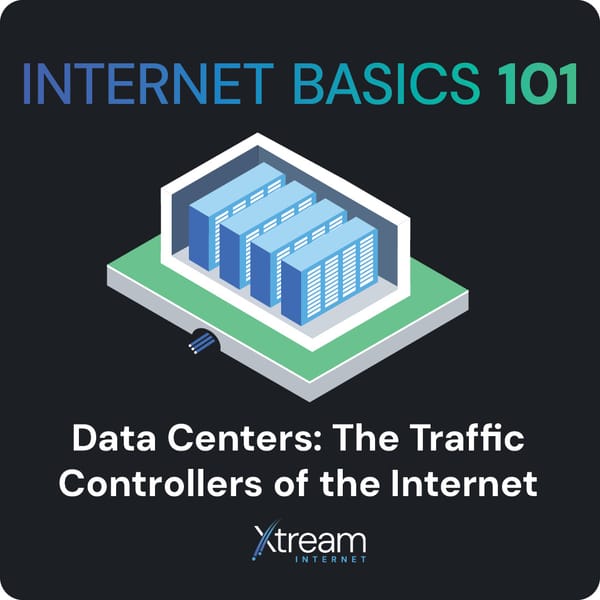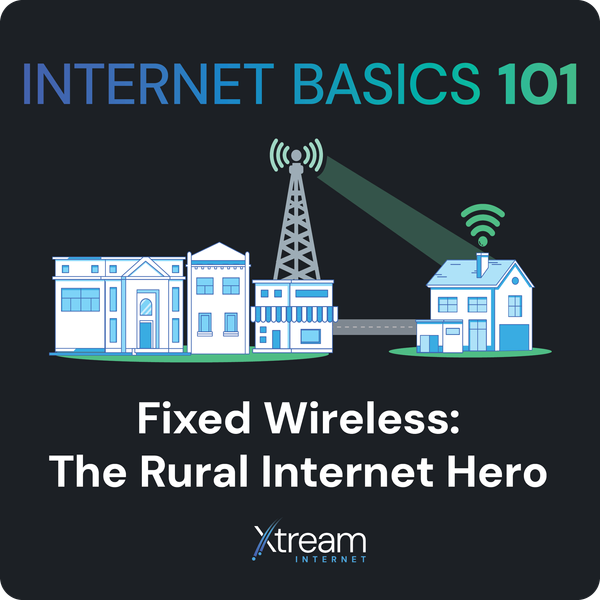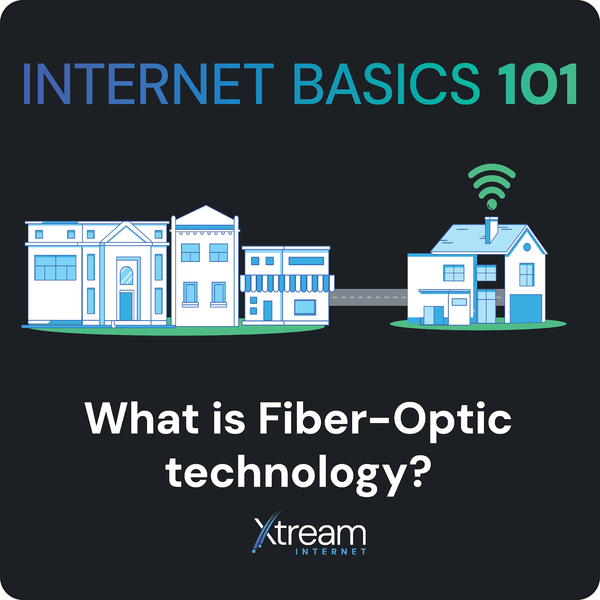The Fiber Backbone: How the Internet Stays Connected

Ever wonder how the internet connects the world? It all comes down to the fiber backbone – a global network of high-speed fiber cables that keep us linked. Let’s take a closer look!
What Is the Fiber Backbone?
- The internet’s backbone consists of ultra-fast fiber optic cables that stretch across cities, countries, and even continents. Some of these cables are laid under the sea, connecting continents and enabling global communication. That’s right – there are hundreds of thousands of miles of fiber lying on the ocean floor, linking places like North America, Europe, Africa, Asia, and beyond.
- Why Fiber? Fiber optic cables transmit data as light signals through glass fibers. This allows for extremely high speeds and vast amounts of data to move quickly across the globe.
How Last-Mile Technologies Plug In
- The last mile refers to the local connection that brings the internet into your home. Whether it's fiber to your house, fixed wireless, or other technologies, these last-mile solutions connect to the internet backbone through local networks.
- Example: When you stream a movie, your request travels through this backbone to reach servers hosting the video content, sometimes halfway around the world.
Backbone Improvements and Why They Matter
- As more data is consumed online, the demand on these backbone networks increases. Upgrades, like higher-capacity fiber cables and new data routing methods, help handle the growing internet traffic, ensuring you can stream, game, and browse without interruption.
The fiber backbone is the silent workhorse of the internet, quietly and efficiently moving massive amounts of data around the globe.



